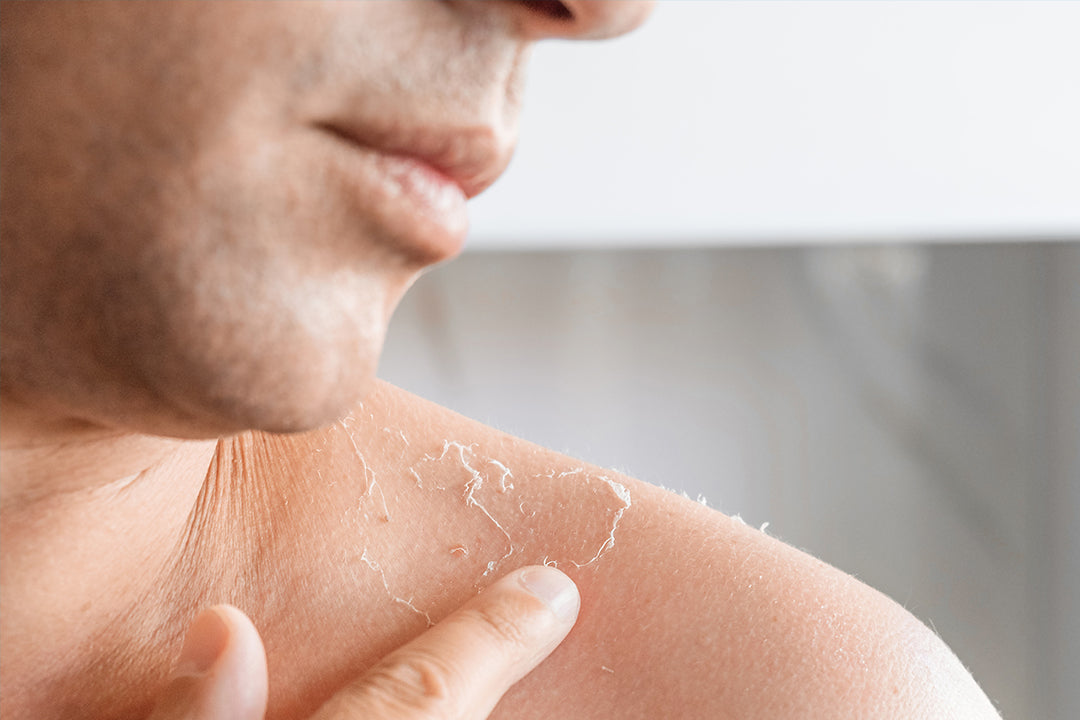Squalane has become a popular skincare ingredient due to its numerous benefits for the skin. It is known for its moisturizing and restorative properties, making it a staple in many skincare routines. However, it's important to know what not to use squalane with to avoid any potential negative effects or interactions.
Understanding Squalane
Squalane is a natural moisturizing factor that mimics the skin's own oils. It is derived from squalene, which is found in shark livers. Squalane is highly regarded for its ability to hydrate and nourish the skin, making it an excellent emollient for both skin and hair. It also has antioxidant and antitumor properties, further contributing to its skincare benefits.
To keep in mind
While squalane is generally safe to use, there are certain active ingredients that may not be compatible with it. Understanding these combinations can help you make informed decisions about your skincare routine.
Avoid Combining Squalane with A.H.A.
Squalane and alpha hydroxy acids (A.H.A.) can be a tricky combination. A.H.A. is commonly used for exfoliation and may cause dryness or irritation. While squalane can provide hydration and nourishment, it may not be sufficient to counteract the effects of A.H.A. If you're using A.H.A., it's best to opt for a different moisturizer or oil.
Be Cautious with Retinol and Squalane
Retinol is a powerful skincare ingredient known for its anti-aging properties. While squalane can help alleviate the effects of retinol, it's important to be cautious when combining the two. Retinol can be drying and may cause irritation, and squalane may not provide enough hydration to counteract these effects. If you're using retinol, consider using a moisturizer specifically formulated for retinol users.
Use Squalane with Nourishing Compounds
Squalane can be effectively combined with nourishing compounds to enhance its benefits for the skin. Ingredients such as ceramides, niacinamide, and hyaluronic acid can work synergistically with squalane to provide optimal hydration and nourishment. These combinations can help improve skin texture, reduce the appearance of fine lines and wrinkles, and promote overall skin health.
Conclusion
Squalane is a versatile skincare ingredient that offers numerous benefits for the skin. However, it's important to be mindful of what not to use squalane with to avoid any potential negative effects or interactions. Avoid combining squalane with A.H.A. or retinol, as these combinations may lead to dryness, irritation, or other unwanted effects. Instead, consider combining squalane with nourishing compounds to enhance its benefits for the skin. By understanding the compatibility of squalane with other active ingredients, you can create a skincare routine that works best for your skin's needs.









